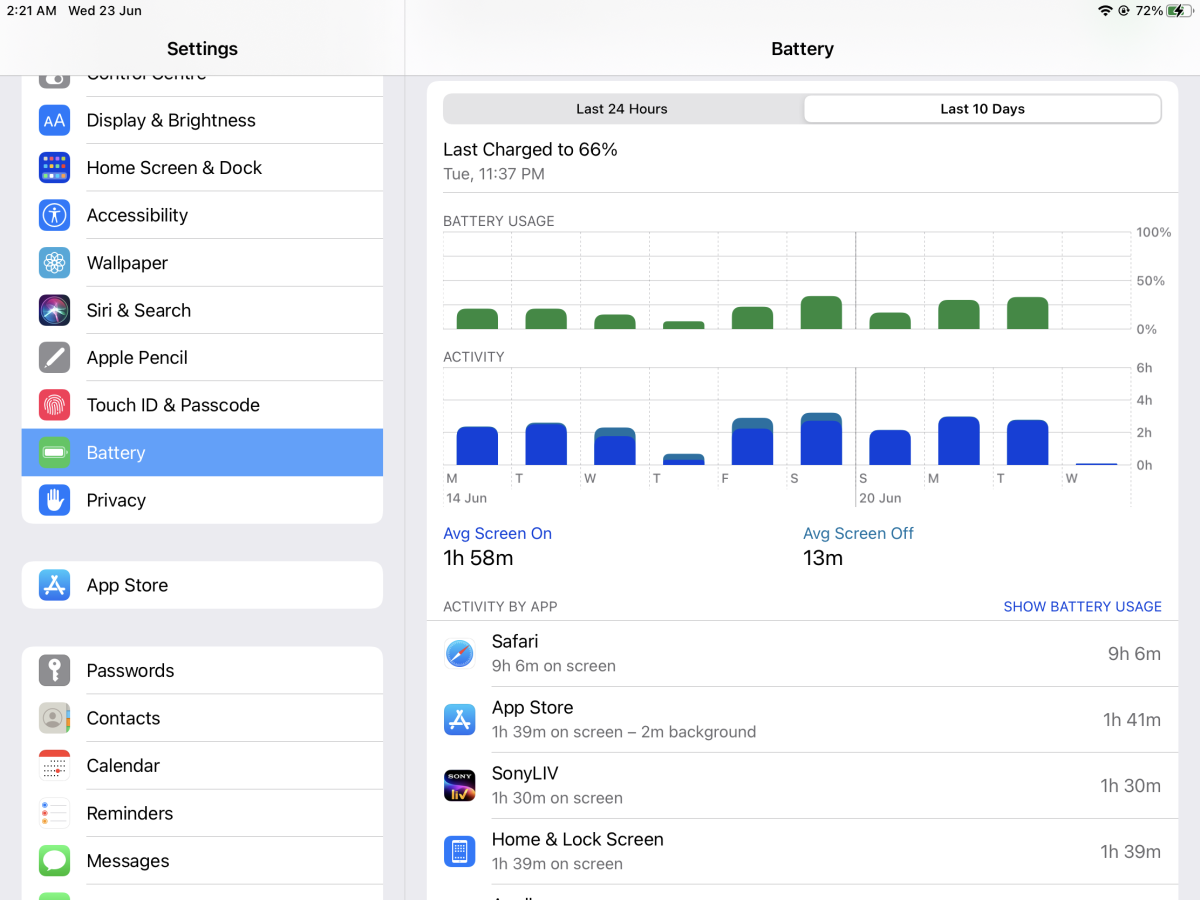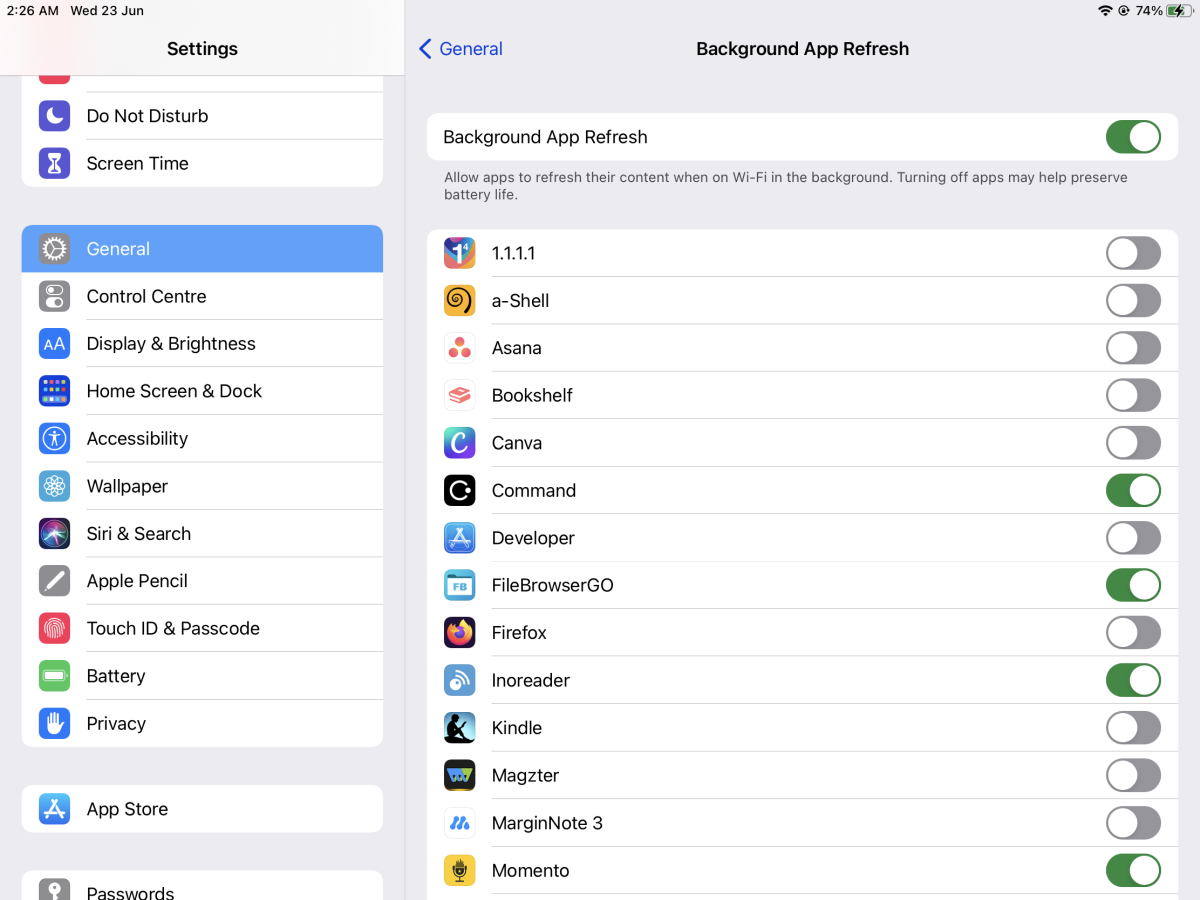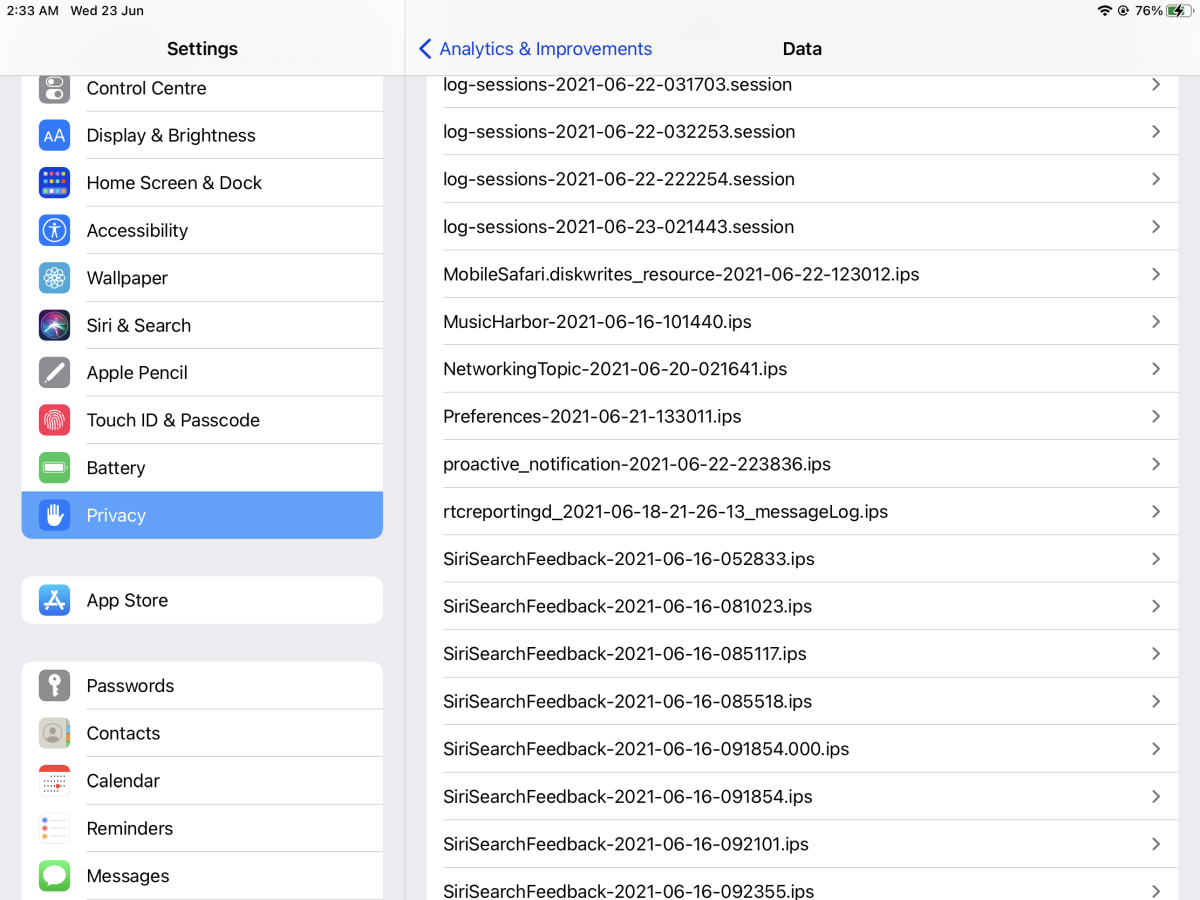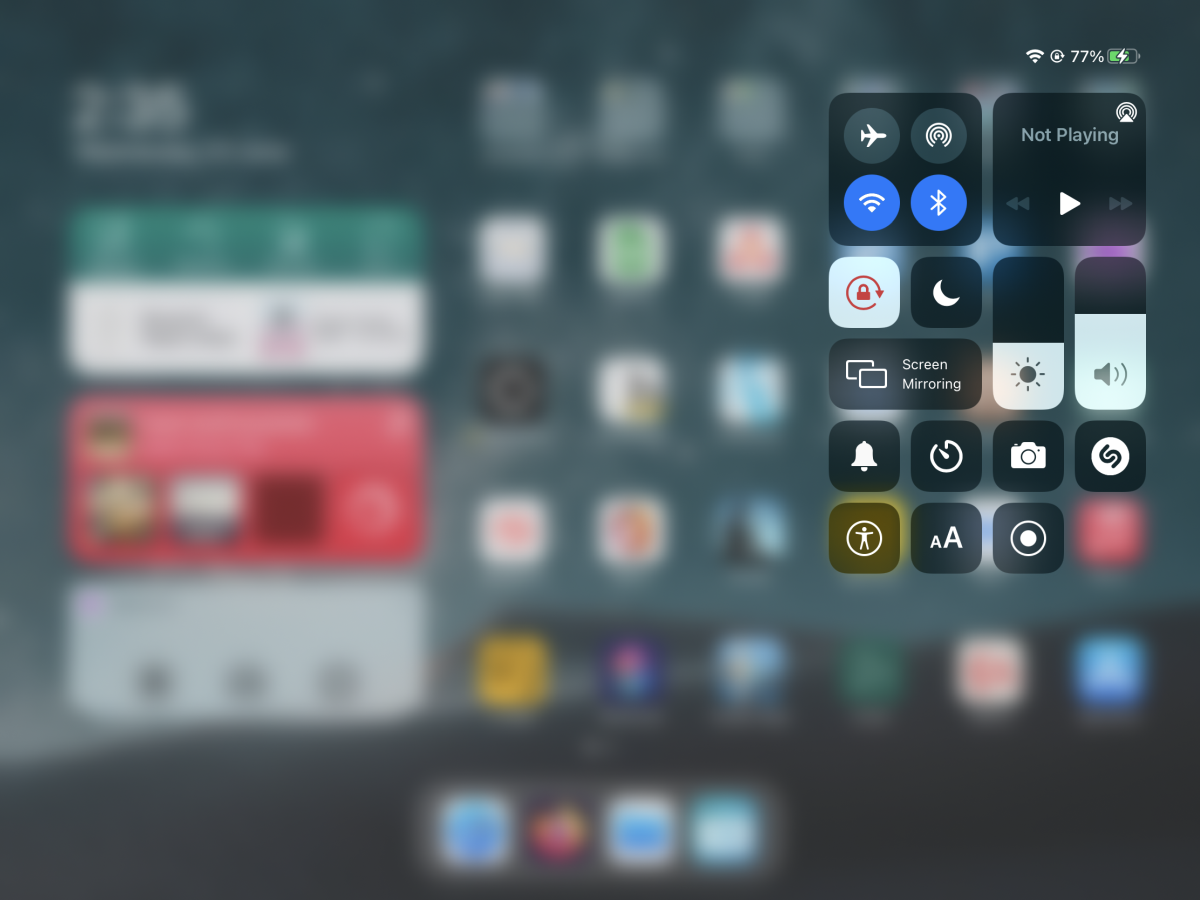Your iPhone or iPad is essentially a pocket-sized device. But unlike desktop or laptop computers, it doesn’t have a heat sink or a fan to regulate the temperature and keep everything cool. When you put it under stress, it will generate heat.
But there’s a difference between a device that’s warm to touch and one that's overheating. We’ll find out the reasons and discuss why your iPhone gets hot, along with how to diagnose and fix the problem.
Why Your iPhone or iPad Gets Hot
When you use your devices for any length of time, it’ll get warm. That’s perfectly normal and shouldn't concern you. There are many reasons why your iPhone or iPad might feel warm at times:
- Charging and using your device at the same time
- Streaming a high-quality video for an extended period
- Using GPS and real-time navigation controls on older devices
- Setting up your device for the first time or restoring it from a backup
- Using processor-intensive apps like a synthesizer, digital audio workstation, or video editor
- Using graphic-intensive or augmented-reality apps.
How Does Your Device Expel Heat?
The two main hardware components that produce heat are the System on a Chip (SoC) and the battery. The metal housing on your device acts like one giant heatsink. When it gets warm, your device tries to expel the heat to keep it cool.
Apple uses ARM processors for powering mobile and tablet devices. They’re based on Reduced Instruction Set Processing (RISC) architecture that typically requires fewer transistors than x86 processors. Because of this design, they need less power and produce less heat. Also, they don’t need big heat sinks and fans to cool your device.
The M1 chip is a 5nm processor built into the iPad Pro and newer Macs. These small units have heat and power advantages. They consume less energy and subsequently less heat. The 8-core CPU has four performance and four efficiency cores. This allows your M1 device to perform efficiently and dissipate little waste heat.
When Your iPhone and iPad Gets Too Hot
There’s a difference between warm and hot, which is even more significant when you compare noticeable heat and too hot to hold. Your iPhone or iPad works best between 0°C and 35°C (32° to 95°F). Low- or high-temperature conditions can result in specific behavioral changes.
In hot conditions, you may either notice shorter battery life or reduced battery health. Certain activities that expose your device to a lot of heat will affect performance and behavior. They include:
- Leaving the device in a car on a hot day
- Keeping your device exposed in direct sunlight for an extended period
- Using certain features in hot conditions, such as GPS tracking or navigation in your car.
Symptoms
You'll know your iPhone or iPad is overheating if:
- Charging slows or stops
- The display dims or goes black intermittently
- Cellular radios enter a low-power state; the call quality may become poor during this time
- The camera flash gets temporarily disabled
- Graphic-intensive apps stop working properly or, worse, crash on launch
- If your device exceeds a certain temperature threshold; you’ll see a temperature warning message saying, “iPhone needs to cool down before you can use it.”
Fixing the Problem
When your iPhone or iPad gets too hot, you should take action to prevent damage to it. This includes:
- Stop charging your device
- Turn it off and allow the heat to dissipate
- Remove the case from your device, if applicable
- Take the device out of direct sunlight, into the shade
- Never leave the device in a car, because temperatures in parked cars can exceed the optimum temperature range.
The lithium-ion batteries in today’s devices go through rigorous testing and are thus relatively safe. But when you expose them to extreme heat for extended periods, there’s a chance that your battery could explode.
To quickly reduce overheating, many people recommend putting your iPhone in the fridge. But you should never do this.
Sudden changes in the temperature can cause condensation and might damage your iPhone's internal components. Let your device cool off gradually and avoid direct airflow from air conditioners on hot days.
If Your iPhone or iPad Remains Hot All the Time
If your device stays hot most or all the time, it may indicate a problem with either iOS or third-party apps. Try these troubleshooting steps to solve the problem.
Turn Off Background App Refresh
Background app refresh allows your apps to look for new information all the time. It happens automatically, consuming battery and CPU, unknowingly, in the background. Your device may eventually stay hot. However, completely turning off this feature is overkill.
To catch the culprit app, open the Settings app. Tap Battery and examine the battery usage of your apps for the Last 24 Hours and Last 10 days. Look at the overall percentage, as well as total time onscreen and in the background for individual apps.

Then, tap General > Background App Refresh. Toggle off apps that consume significant resources in the background.

Remove Unstable Apps
Apps installed on your device can crash in the background while they work. Although it may not be visible, your iPhone or iPad will stay warm or overheat in some of these cases.
While it is difficult to sort this issue, there is a trick. Open the Settings app. Tap Privacy > Analytics & Improvements > Analytics Data. Check the analytics data of apps you’ve recently installed. Once you find the rogue app, quit it, and check for any updates. You may also want to send an email to the developer for further investigation.

Reduce the Brightness
If your screen brightness is above 50% or more, your device will stay warm at all times. You should decrease the brightness to reduce heat.
On an iPhone with Face ID, or iPad, swipe down from the top-right corner of the screen to bring up Control Center. If you have an iPhone with a Home button, swipe up from the bottom of the screen instead. Then drag the slider with the sun icon to decrease the brightness.

Network Connection
Sometimes, a bad network connection can heat up your device while it’s searching for signal. It can happen in areas with poor network connectivity. Until you leave the area, you may want to switch to Airplane Mode to prevent battery drain and unnecessary heat generation. You’ll find a shortcut in Control Center, as detailed above.
In Case Your Heat Problem Still Persists
If the heating issue persists even after trying the above fixes, ask yourself a few questions:
- Is your wall adapter working properly?
- Has your charging cable been damaged?
- Have you recently purchased the accessory from an online retailer?
Third-party chargers purchased from non-certified sources can also cause problems. You can either use an official charger made by Apple or a quality third-party Lightning cable that comes with the Made for iPhone (MFi) badge. Uncertified and fraying chargers can damage your device and create other problems.
Assuming that you’ve checked the charger and all the troubleshooting steps, we recommend making an appointment with the Genius Bar to let Apple investigate your device. If you have an AppleCare+ warranty, this likely won’t cost you anything.
More iPhone Troubleshooting Tips
Your device will feel warm to touch after prolonged use, which is normal. If your iPhone is getting excessively hot, try to refrain from using intensive apps or exposing your device to extreme temperature conditions.
With the tips discussed above, you’ll know when and how to take steps to keep your iPhone or iPad at an acceptable temperature. But heating is not the sole reason for all iPhone or iPad problems.
0 Comments